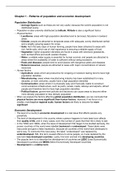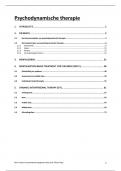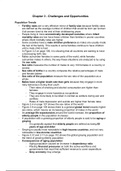College aantekeningen
IB Geography HL/SL Chapter 1 Study Notes
- Vak
- Instelling
- Boek
This document is the note I have taken specifically for the IB Geography course based on the book “Our Changing Planet” by Stephen Codrington. It covers chapter 1. My notes does not include the Cases Studies, but I wrote the page numbers from the textbook that covers all of the Case Studies.
[Meer zien]







